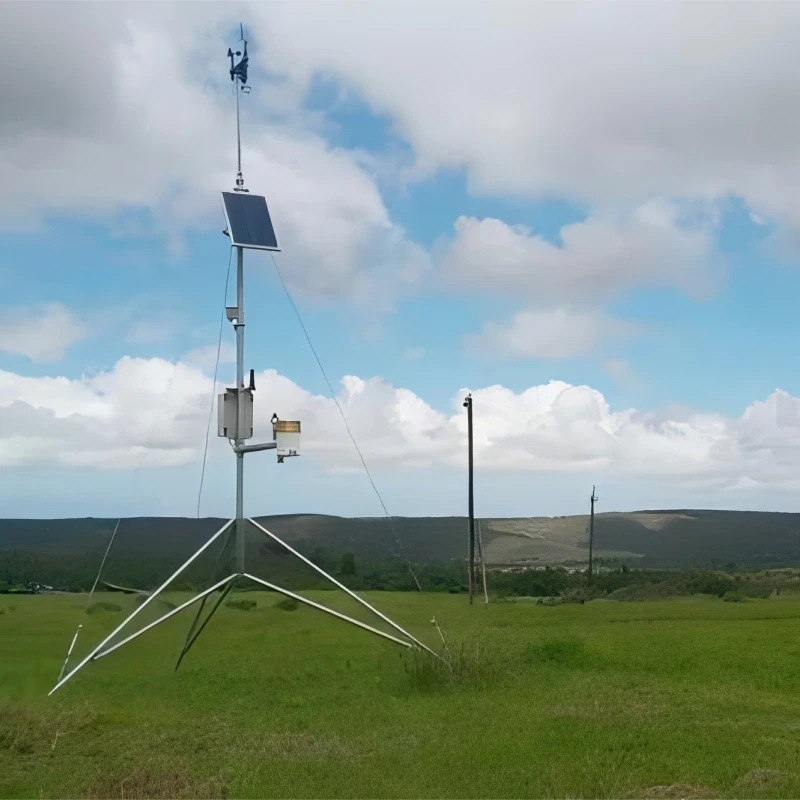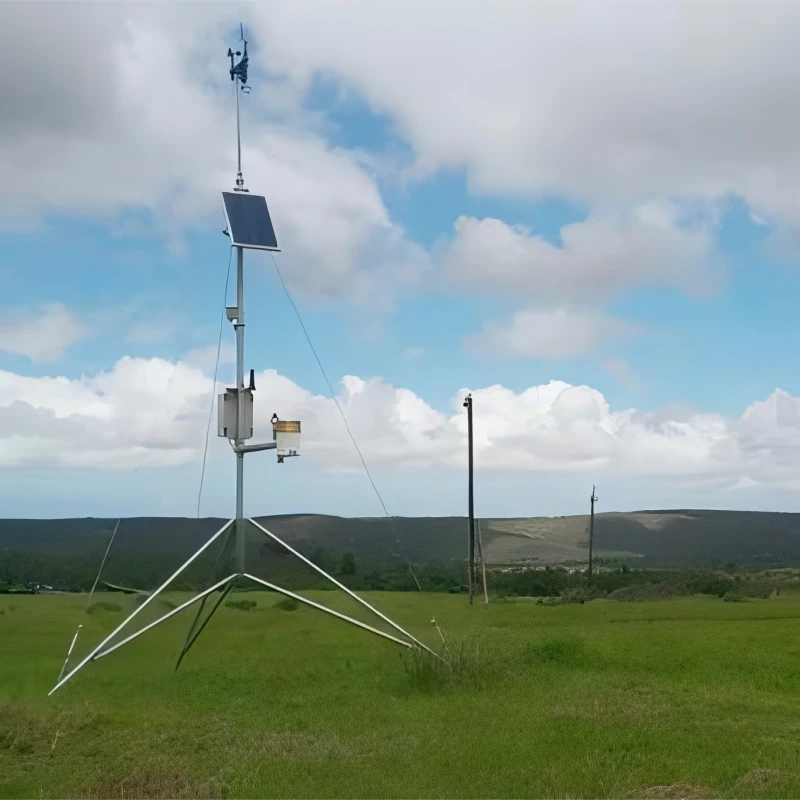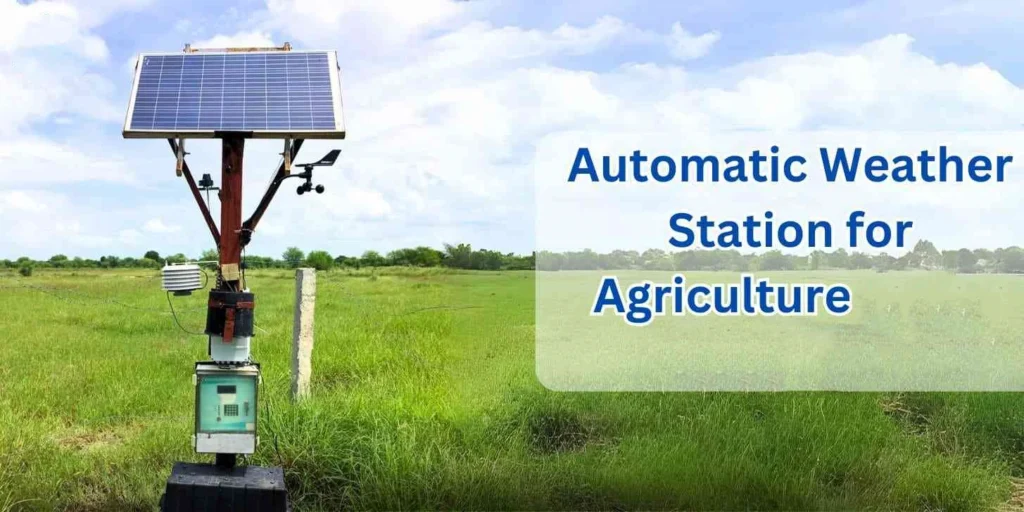# Automated Weather Station: Enhancing Meteorological Data Collection and Analysis
## Introduction
In the realm of meteorology, the advent of automated weather stations (AWS) has revolutionized the way we collect and analyze weather data. These sophisticated systems have become indispensable tools for meteorologists, researchers, and even everyday citizens who rely on accurate weather forecasts. This article delves into the intricacies of automated weather stations, exploring their components, benefits, and the profound impact they have on meteorological data collection and analysis.
## What is an Automated Weather Station?
An automated weather station is a system that autonomously collects and records meteorological data without the need for human intervention. These stations are equipped with various sensors that measure parameters such as temperature, humidity, wind speed, wind direction, precipitation, and atmospheric pressure. The data collected is then transmitted to a central database or directly to users via the internet or other communication channels.
## Components of an Automated Weather Station
### Sensors
The heart of any automated weather station lies in its sensors. These devices are responsible for capturing the raw data from the environment. Common sensors include:
– Thermometers for temperature measurement
– Hygrometers for humidity levels
– Anemometers for wind speed
– Wind vanes for wind direction
– Rain gauges for precipitation
– Barometers for atmospheric pressure
### Data Logger
The data logger is the brain of the AWS. It collects data from the sensors at regular intervals and stores it for later retrieval. Modern data loggers are equipped with advanced features such as real-time data transmission, remote access, and data encryption to ensure the integrity and security of the collected information.
### Power Supply
Automated weather stations require a reliable power source to operate continuously. Most AWS are powered by solar panels combined with rechargeable batteries, ensuring uninterrupted operation even in remote locations.
### Communication System
To make the collected data accessible, AWS are equipped with communication systems that transmit data to central servers or directly to end-users. Common communication methods include cellular networks, satellite links, and internet connections.
## Benefits of Automated Weather Stations
### Accuracy and Consistency
One of the primary advantages of AWS is the high level of accuracy and consistency in data collection. Unlike manual observations, which can be prone to human error, automated systems provide precise and reliable measurements.
### Real-Time Data Access
With real-time data transmission capabilities, AWS enable meteorologists and researchers to access up-to-the-minute weather information. This is crucial for timely weather forecasts, disaster management, and climate research.
### Cost-Effectiveness
While the initial setup cost of an AWS can be significant, the long-term benefits outweigh the expenses. Automated systems reduce the need for manual labor, minimize data collection errors, and provide continuous monitoring, making them a cost-effective solution for meteorological data collection.
### Scalability and Flexibility
Automated weather stations can be deployed in various environments, from urban areas to remote wilderness. Their modular design allows for easy scalability, enabling users to add or remove sensors based on specific needs.
## Impact on Meteorological Data Collection and Analysis
### Enhanced Forecasting Models
The high-resolution data provided by AWS has significantly improved the accuracy of weather forecasting models. Meteorologists can now predict weather patterns with greater precision, leading to better preparedness for extreme weather events.
### Climate Research
Automated weather stations play a crucial role in climate research by providing long-term, consistent data. This data is essential for understanding climate trends, assessing the impact of climate change, and developing strategies for mitigation and adaptation.
### Agricultural Applications
Farmers and agricultural researchers benefit from AWS by receiving detailed weather information that aids in crop management, irrigation scheduling, and pest control. This leads to increased agricultural productivity and sustainability.
### Disaster Management
In disaster-prone areas, AWS provide critical data that helps in early warning systems and emergency response planning. Accurate weather information can save lives and reduce the economic impact of natural disasters.
## Conclusion
Automated weather stations have undeniably transformed the field of meteorology. By providing accurate, real-time, and











